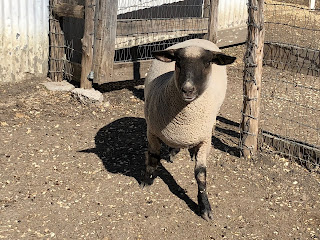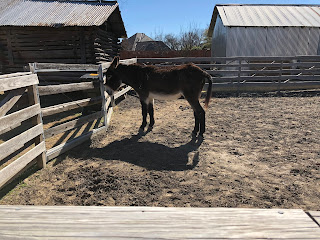Welcome to Historical Tidbit Thursdays. For the next few weeks, we'll follow the timeline presented in the book, "A History of Weaponry" by John O'Bryan. Last week we ogled the Roman Gladiators. This week we'll look at some of the weapons created during Europe's so-called Dark Ages (400 - 1300 CE).
Francisca - a throwing axe created around 400 CE with a 40 foot range; it was named after the Franks who used it a lot (but didn't invent it). In battle formation, the front line would throw the axes at the enemy before charging.
Greek Fire - invented 672 CE; the Greek soldier would squirt this highly-combustible liquid onto the enemy and set them on fire. Not even water could douse it. This would evolve into the clay grenade that was tossed at enemies.

Dane Axe (or Broad Axe) - Invented about 900 CE; a big, heavy axe requiring both arms to swing it; could chop through a helmet
Lance - similar to a pike; used by infantry; locked under the arm in a "couched" position; popular during the Middle Ages
Longsword - created around 1250 CE; grooves or fullers were forged into the blade making it lighter; by the 14th century a sharper tip was added in order to penetrate armor

Trebuchet - Originated in China in 5th century, but perfected when a counterweight was added. In 13th century, the French added a "counterpoise" (counter weight) as we know the device today. It was popular until the 15th century when firearms rendered them useless.
Source:
A History of Weaponry by John O'Bryan; ISBN#978-1-4521-1054-7

Photo Credit: Dane Axe - https://en.wikipedia.org/wiki/Dane_axe
Photo Credit: Trebuchet - https://en.wikipedia.org/wiki/Trebuchet


























